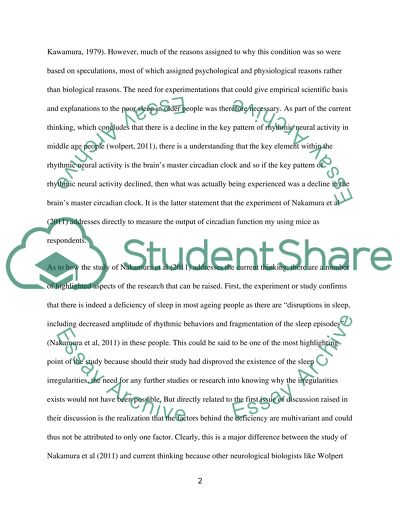Cite this document
(“Age-related decline in circadian output Literature review”, n.d.)
Age-related decline in circadian output Literature review. Retrieved from https://studentshare.org/health-sciences-medicine/1469264-age-related-decline-in-circadian-output
Age-related decline in circadian output Literature review. Retrieved from https://studentshare.org/health-sciences-medicine/1469264-age-related-decline-in-circadian-output
(Age-Related Decline in Circadian Output Literature Review)
Age-Related Decline in Circadian Output Literature Review. https://studentshare.org/health-sciences-medicine/1469264-age-related-decline-in-circadian-output.
Age-Related Decline in Circadian Output Literature Review. https://studentshare.org/health-sciences-medicine/1469264-age-related-decline-in-circadian-output.
“Age-Related Decline in Circadian Output Literature Review”, n.d. https://studentshare.org/health-sciences-medicine/1469264-age-related-decline-in-circadian-output.


